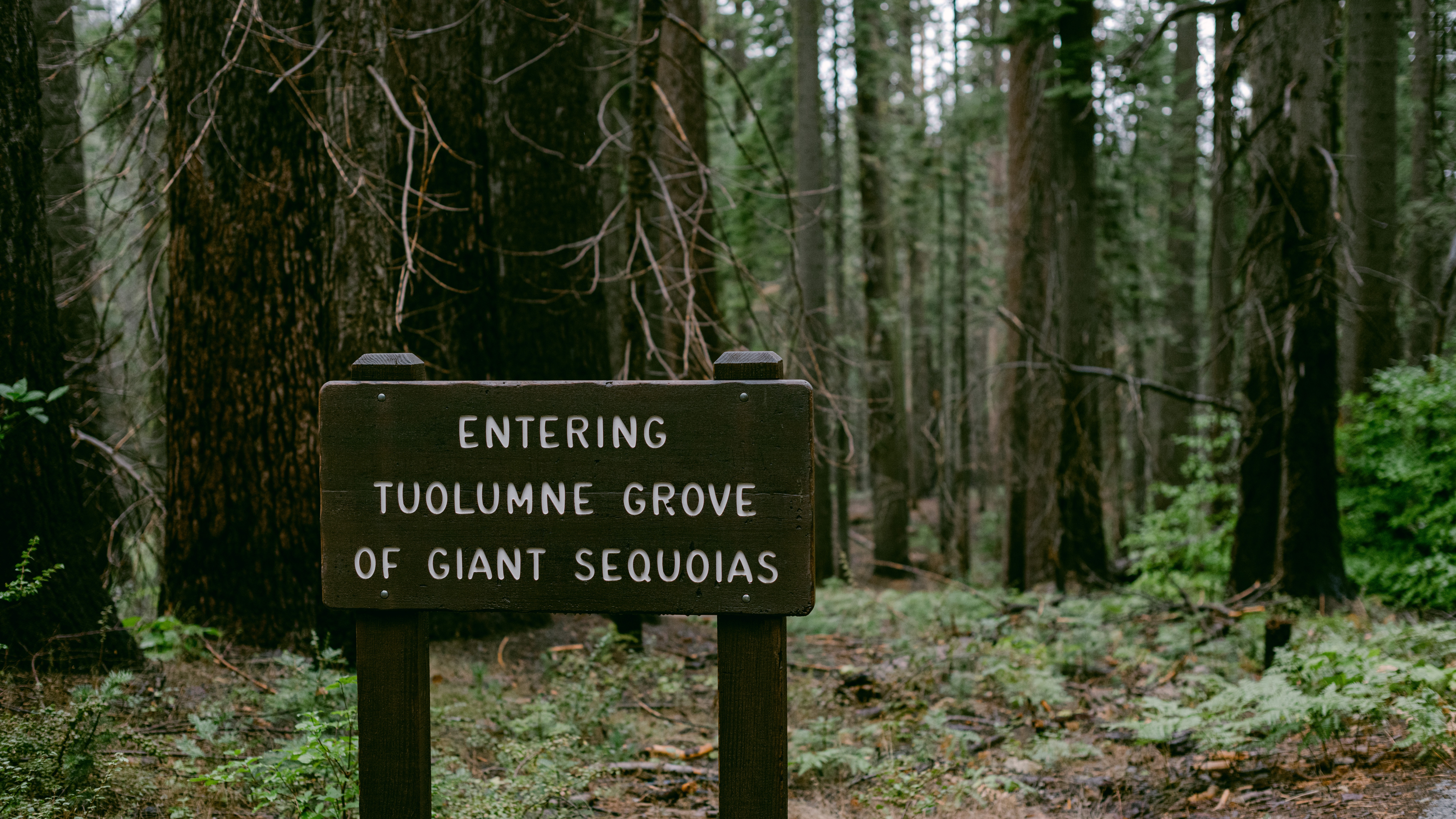Google software engineer, 29, killed by falling tree branch in Yosemite's popular Tuolumne Grove
Angela Lin was hiking with friends when the tragedy occurred

A 29-year-old woman was killed by a falling tree limb while walking in a popular giant sequoia grove at Yosemite National Park.
According to reporting by San Francisco Gate, Angela Lin was hiking with her boyfriend David Hua, and two friends in Tuolumne Grove on July 19 when the tragedy occurred. Hua says the group heard a loud cracking sound followed by several falling branches just seconds later.
“One big branch struck Angela, and then there were a bunch of smaller ones directly behind me."
Hua says he closed his eyes when the branches started falling, and when he opened them, Lin was on the ground, bleeding. Hua was able to call 911 from the grove and, with the help of bystanders, administer CPR, but when paramedics arrived, they pronounced Lin dead on the scene and reportedly told Hua she had likely died instantly.
A Facebook post in the Monterey Park Pickleball group confirms the incident and identifies Lin as Peter Lin's daughter, a Google software engineer.
The National Park Service has not issued a statement on the incident, but it closed the area for about a week.
In October 2024, a 22-year-old Australian hiker was killed by a falling tree on the Four Mile Trail in Yosemite.
All the latest inspiration, tips and guides to help you plan your next Advnture!
What's your risk of being hit by a falling tree?
Your risk of being hit by a falling tree, also known as a hazard tree, is very low, but as this news reveals, these incidents do occur and can be deadly.
Though hazard trees are often associated with windy weather, there are other reasons why a tree might become structurally unsound, and not all of them are easy to spot with the naked eye.
Diseases and rot can plague trees that appear healthy on the outside – a rotting base was responsible for a tree that killed a German hiker on the Pacific Crest Trail in 2019. A dead tree often falls onto another tree, which can compromise the roots of that healthy tree, while heavy rains can make the roots of a healthy tree unsound enough to fell it.
Though it may not always be possible to protect yourself from hazard trees on a hike, there are some steps you can take.
- Check the weather forecast for wind gusts and high winds.
- Use clearings to stop for breaks away from trees.
- Avoid hiking in areas with dense patches of dead trees such as burn scars and beetle kill areas.
- Report the GPS coordinates of hazard trees you encounter to local authorities.
- Carry a satellite communicator such as a Garmin InReach when venturing into wilderness areas in case you need to signal for help and cell service isn't available.
Learn more in our article on hazard trees.
Julia Clarke is a staff writer for Advnture.com and the author of the book Restorative Yoga for Beginners. She loves to explore mountains on foot, bike, skis and belay and then recover on the the yoga mat. Julia graduated with a degree in journalism in 2004 and spent eight years working as a radio presenter in Kansas City, Vermont, Boston and New York City before discovering the joys of the Rocky Mountains. She then detoured west to Colorado and enjoyed 11 years teaching yoga in Vail before returning to her hometown of Glasgow, Scotland in 2020 to focus on family and writing.

